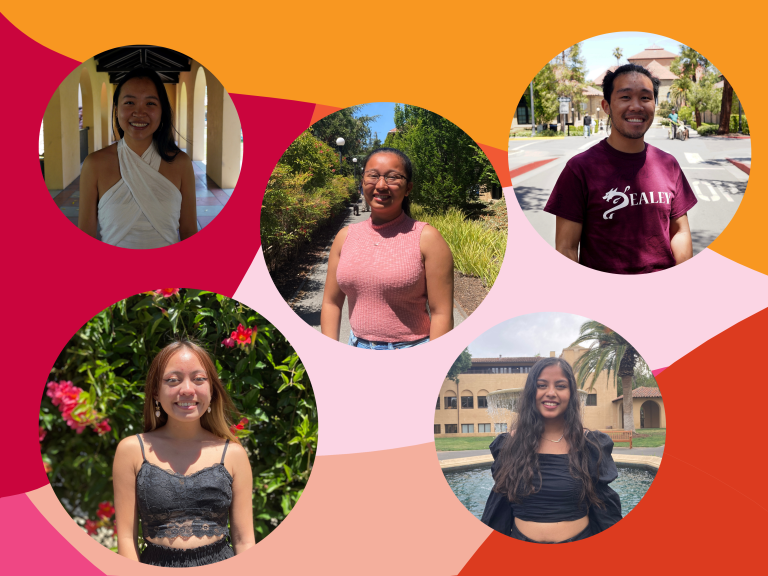Asian American Pacific Islander (AAPI) students have been an integral part of the Stanford community since the University’s founding. Students of Asian descent constituted 1.2% of the University’s first class in 1891. Since then, members of the AAPI community have built a deep history at this institution, from the establishment of Okada in 1971 to the founding of several AAPI student organizations as early as the 1980s and 1990s. AAPI Heritage Month is celebrated across the country in May to recognize the accomplishments and history of Asians and Pacific Islanders in the U.S. At Stanford, the month is commemorated annually through various events, such as the annual Asian American Awards Ceremony and Stanford Night Market.
To better understand what AAPI Heritage Month means to the Stanford community, The Daily interviewed undergraduate students who identify as AAPI. Students shared their thoughts on a variety of topics, from what it means to be AAPI at Stanford to their experiences being a part of specific ethnic communities across campus. Several acknowledged that certain groups within the AAPI community were historically underrepresented and said that while there are elements that bridge together the experiences of AAPI students, the experience of individual students can vary dramatically.
Note: This article is intended to capture a part of the AAPI community — not to serve as a holistic representation.

“The term itself, to me, doesn’t have that much space for Pacific Islander voices. I feel when people are saying like ‘AAPI this or AAPI that,’ they’re talking about Asian American issues, which is fine, but also there are so many different communities. There are lots of different Asian American communities, different issues, but Pacific Islander issues are a very different scope. It’s not like the model minority myth. In Hawaii even, Native Hawaiians are overrepresented in the homeless population and not going to higher level education, there aren’t as many opportunities. What the term AAPI means to me: it is who I am. I’m proud of that, but at the same time, it doesn’t feel entirely encompassing of what it should be.”
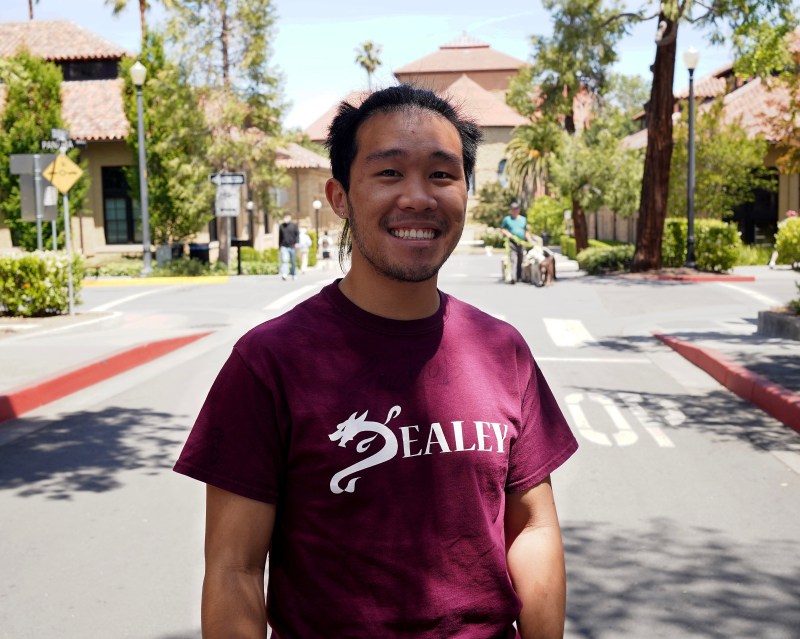
“I’m in Mua Lac Hong (MLH), which is Stanford’s only Vietnamese dance group. I’m also in the Stanford Vietnamese Student Association (SVSA), the Vietnamese association. Those two are pretty tight-knit communities that have kind of given me a home. I really enjoy my time in SVSA and MLH because it gives me a community that I can turn to, and really practice my ethnic identity and enjoy being myself. Having hosted a culture night, to be the Vietnamese American students that we are, made a lot of people really proud to be Vietnamese. And it showed us that our culture’s really beautiful and it stands out, and it’s something that we should truly be proud of.“
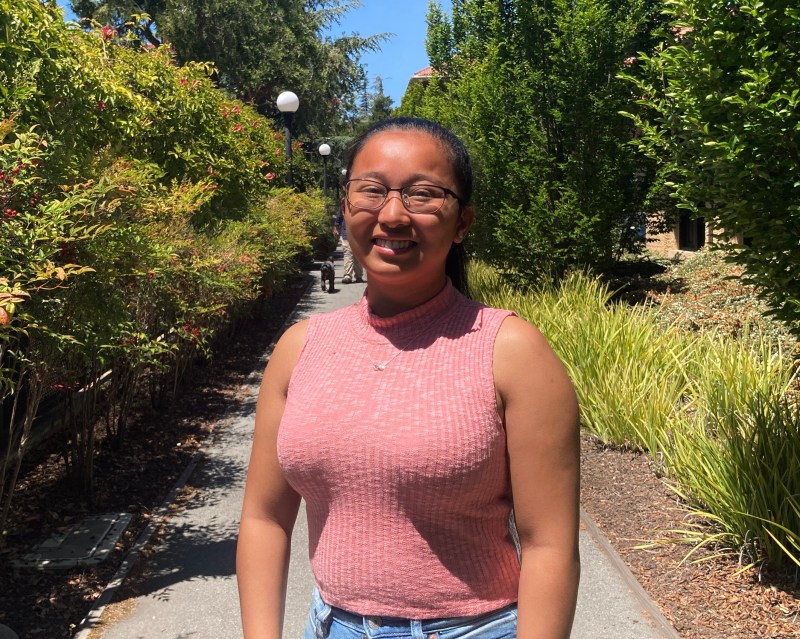
“Being AAPI is really just trying to make myself identified. I grew up as a military brat, so I’ve lived everywhere from the West Coast to the East Coast, and especially on the East Coast, a lot of people don’t even know about my island, which is a U.S territory. They don’t know about many U.S territories, which usually have people that fall under AAPI. It’s so overlooked, but it’s part of the U.S, something that should be taught. Something that people should know is there are people who live there. And even in AAPI, the PI is often overlooked. It’s such a small term that’s used to identify so many groups.”
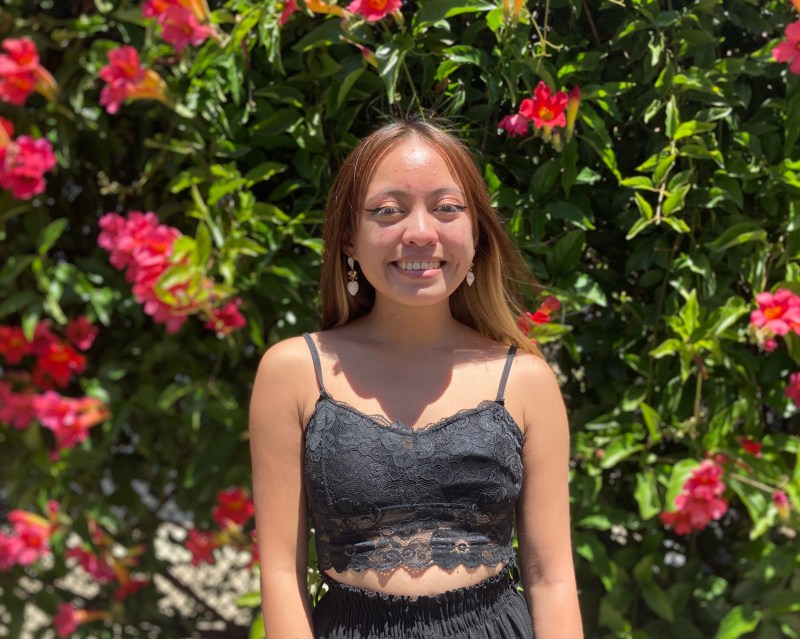
“I live in Okada, the Asian American ethnic theme dorm, and I feel like something that I’ve noticed in my first year is that we all look out for each other. We show up to each other’s specific cultural showcases and support each other. There’s a lot of love and support that I’ve found in those spaces, and also in the things I do because I’m a part of Pilipinx American Student Union (PASU) and Kayumanggi. It was really nice to connect with people right away and not have to explain who I am or how I grew up with those people. So I feel like I’ve found a lot of welcoming people through the AAPI Community.”
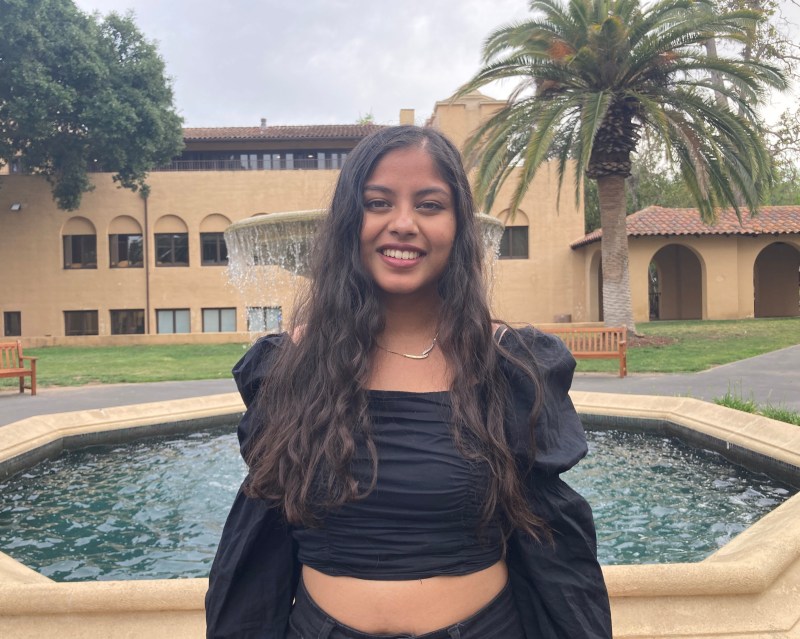
“When I first came to Stanford, I didn’t really strongly identify as Asian or Asian-American because I think South Asians are not generally associated with what people think of as Asian, so I think I struggled with that. But I came to learn a little bit more about the history of the term Asian American, and it was a political term, coined to bring together marginalized communities to advocate for rights through collective power. And I think that helped me kind of understand what it meant for me to be Asian American. For me, at Stanford, being a part of that community means supporting, celebrating and advocating for each other.”
